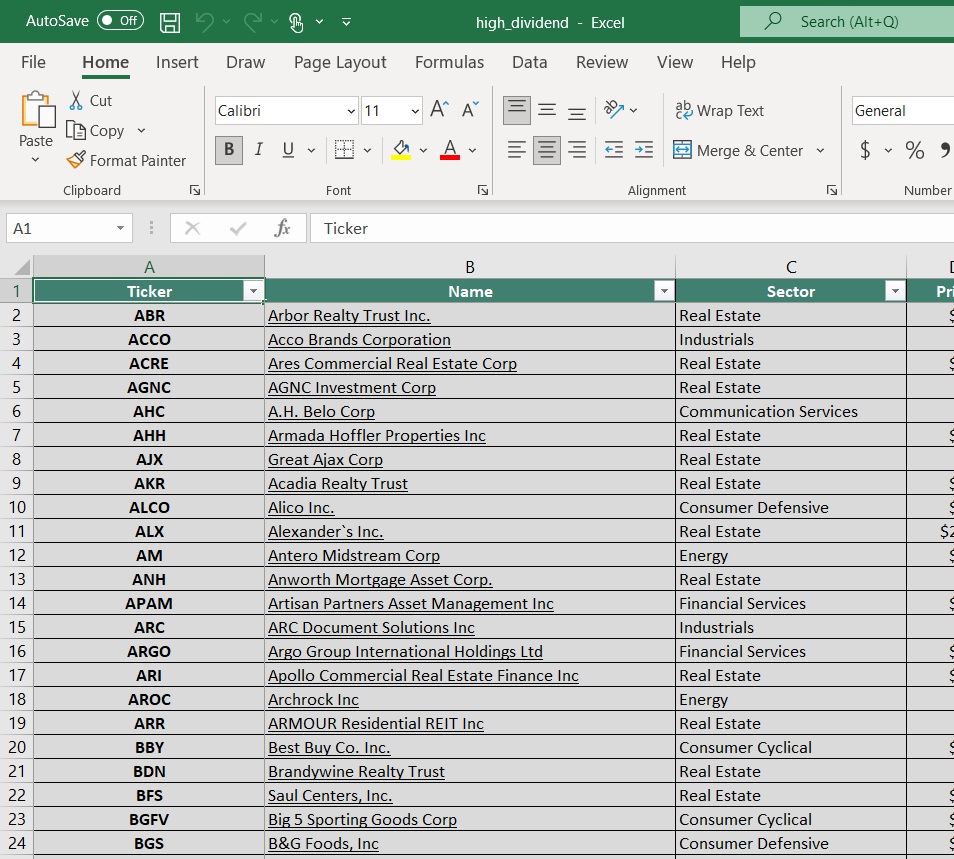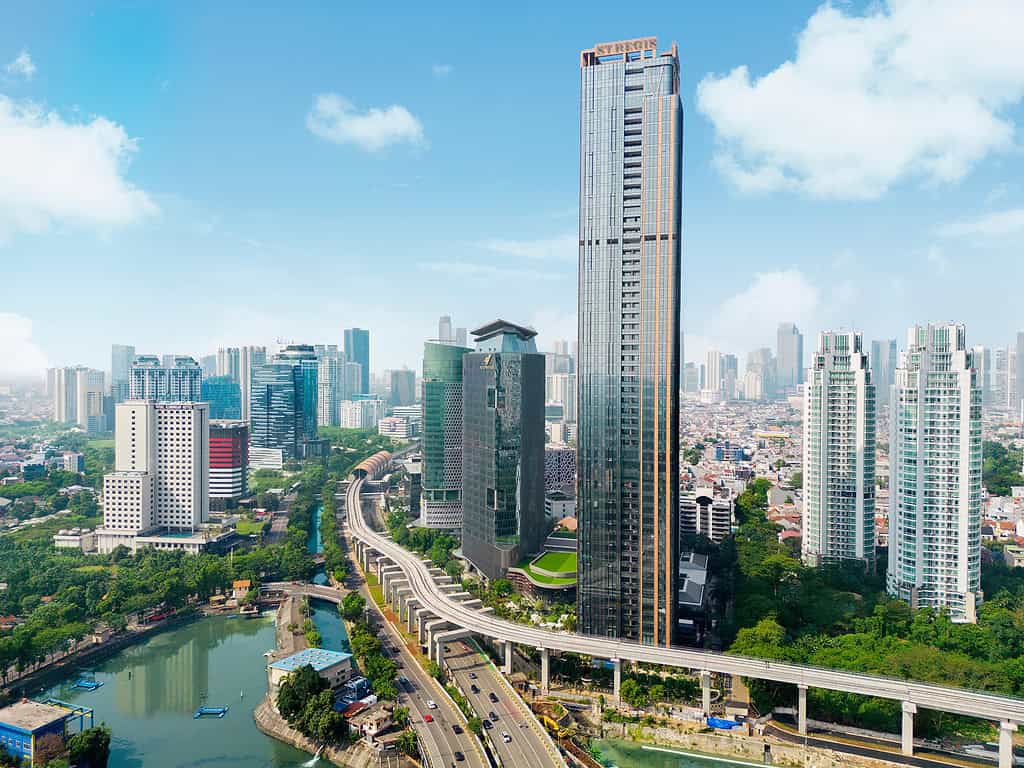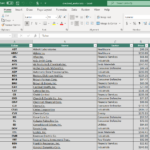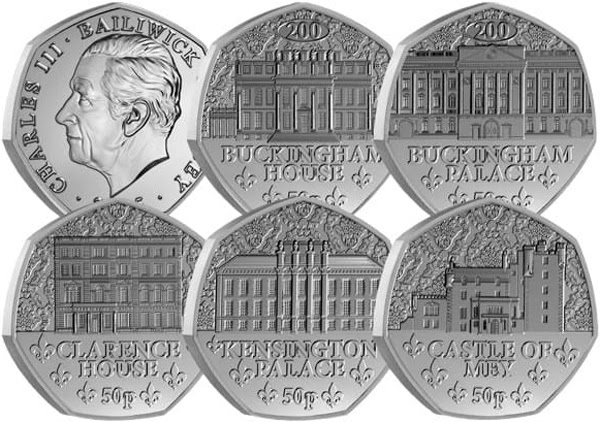Turkey: Bridging Ambition And Reality

President Recep Tayyip Erdogan’s ambitious dreams include building Turkey from “regional economic centre into global economic powerhouse” and boosting it from the world’s sixteenth largest economy into the top 10.
In the shorter term, the bi-continental country’s much-vaunted Twelfth Development Plan (2024 to 2028) aims to improve its “international stature, fostering prosperity and combating inflation whilst maintaining strong and sustainable public finances.” That goal will depend partly on the success of an associated Foreign Direct Investment Strategy aimed at significantly boosting FDI across the board. The goal is for Turkey to account for 1.5% of global FDI and 12% of regional FDI by 2028.
As 2025 gets underway, how well is it all going?
If FDI is the main yardstick, not so well.
Full-year figures for 2024 have yet to be released, but will probably be close to the previous year’s level of $10.6 billion, down from $13.7 billion in 2022, a far cry from the 2007 peak of $22 billion, and shy of the $14 billion hoped for earlier. That’s less than 1% of GDP, against 3% in 2007 and well below both potential and policymakers’ hopes.
“Foreign investors don’t like inflation at 85%,” the rate in October 2022, “and they don’t much like it at 47%,” the rate in November 2024, says Charlie Robertson, head of macro strategy at FIM Partners, an investment fund based in the United Arab Emirates. “Persistent inflation has held back FDI in Turkey.”
Inflation And Fiscal Challenges
Turkish policymakers succeeded in restoring some stability to the nation’s economy by driving down inflation with restrictive monetary and fiscal policies, albeit with a hit to the government’s popularity.
Local elections last March gave the ruling Justice and Development Party (AK) just 35% of the vote against 52% in national elections the previous year; Erdogan’s party now trails the opposition Republican People’s Party (CHP) in current polls.

“In the months since June 2023, when a new policy team led by Finance Minister Mehmet Simsek, Vice President Cevdet Yilmaz, and the Central Bank of Turkey (CBT) performed a sharp turnaround from unorthodox policies, there have been many positive steps toward rational policymaking,” says Rafik Selim, lead economist for Turkey at the European Bank for Reconstruction and Development (EBRD). “However, challenges have appeared along the way.”
The EBRD expects Turkey to post a GDP gain for 2024 of 2.7%, rising to 3% in 2025. Private consumption will be the biggest loser as policymakers focus on raising export-led growth above the current low ratio of 20% of GDP.
Reducing spending remains difficult, however. The 2023 fiscal deficit was 5.2%, and the 2024 level is expected to be similar despite services cuts and tax rises. The main culprit is earthquake spending. Ankara committed some $30 billion a year to help communities recover from the February 2023 quake that left several million homeless in southern and central Turkey.
That said, an unprecedented rebuilding of homes and infrastructure should lead to growth.
“Without the quake, the deficit would be 1.1%, which really isn’t bad,” Selim says, adding that 2024’s estimated deficit of 5% will likely fall to 3.1% this year.
Rebalancing The Economy
The latest inflation figures are moderately encouraging; 2024 ended with a year-on-year rate of 44%, well below what was expected, thanks mainly to falling food prices.
“Disinflation will likely continue this year, given the CBT’s signal that it will maintain its tight stance despite the start of interest rate cuts, the ongoing real TRY [Turkish lira] appreciation, and improvement in services inflation,” says ING Bank analyst Muhammet Mercan. “We expect inflation to fall below 30% by the end of 2025.”
The current account deficit has narrowed to around $10 billion from 2023’s high of $60 billion, enabling a rebuilding of foreign exchange reserves that has made Turkey less dependent on external flows.
“Capital flows have been good; every recent bond and sukkuk issue has been three or four times oversubscribed whilst yields have been going down, showing perceptions of risk are falling,” Selim observes.
Ratings agencies approve. Last year, Fitch Ratings upgraded Turkey’s sovereign debt—alongside a clutch of Turkish banks—twice, from B- to B+ in March then to BB- in September, when it became the only country in 2024 up until that point to receive an upgrade from all three ratings agencies.
“In a sense, we’ve gone back to where we were in 2021, before those unconventional policy methods that led to a dramatic deterioration in the country’s macroeconomy and financial stability prospects,” notes Erich Arispe, senior director and head of Emerging Europe Sovereigns at Fitch Ratings.
Turkey’s slower short-term growth outlook reflects the ongoing rebalancing of the economy, which will take time given sticky inflation, Arispe argues. With no elections this year, falling dollarization, rising forex reserves, and an expected drop in the fiscal deficit as earthquake spending winds down are all encouraging signs.
“Turkey has the capacity to grow,” Arispe says. “We expect 2.6% in 2025 and 3.5% in 2026, without creating other economic distortions. But this is a multi-year story, with the economy being recalibrated to produce a sustainable higher growth environment” and realize the country’s export and FDI potential.
Renewable Energy And EV Growth
A new FDI strategy will prioritize less-developed regions, infrastructure, and renewables, says Ahmet Burak Dagliogku, president of the Republic Investment Office of Turkey.
“The aim is to attract investments that contribute meaningfully to Turkey’s development goals,” he adds, including “green transformation, digitalization, high-value services, and deeper integration into global supply chains.” These priorities “will help Turkey stay ahead in a competitive global market.”
Chinese electric vehicle manufacturer BYD’s plans to build a $1 billion plant in Turkey is just the sort of encouraging development the government wants since the EV sector is one of the fastest growing in the country. Turkish auto producer TOG has now turned out more than 50,000 vehicles. EVs are expected to account for 30% of total auto sales by the end of this year.
Also worth noting, considering its energy security has always been a concern, is the government’s commitment to renewables. “Turkey will invest more than $100 billion by 2035 to increase its renewable capacity and modernize its infrastructure,” says Dagliogku. “This extensive investment plan highlights Turkey’s unwavering dedication to achieving its net-zero target while ensuring energy security and economic growth.”
Meanwhile, Turkey has been working closely with the EBRD and other multilateral development lenders. Last year, the EBRD committed about $22 billion, invested across almost 500 projects and trade facilitation lines.
“No, this isn’t an accident,” says the EBRD’s Selim. “We and Turkey have big green, digital, inclusion ambitions which are linked and where projects have been growing, to the extent that almost half our portfolio is in sustainable infrastructure. We want to further scale up Turkey’s green energy capacity, and five cities here are now part of our Green Cities program.” The EBRD has also been working with other banks on issues related to green bond issuance and encouraging private-sector Turkish companies to move to a low-carbon pathway.
Prospects For 2025
A further promotion to investment grade status by the ratings agencies would be a big step toward realizing Erdogan’s wider 2028 ambitions.
“If you look back over the last eight or so years, there’s always been something to scare investors and throw things off track,” notes Selim: “a coup attempt, elections, COVID, Russia’s invasion of Ukraine, more elections. Investors are looking for certainty and policy tightness for at least, say, a three-year period. This is key if Turkey is to realize its potential of 4% to 5% annual growth.”
Longer term, that potential is huge, and Turkey’s private sector has a remarkable ability to adapt, Fitch’s Arispe says. However, “it takes time to re-establish macro credibility and for this to sink in with investors,” he warns. Many of the factors that underlie Turkey’s potential also put it at risk, including its geographical location, the possibility of taking an indirect hit from higher US tariffs, and exposure to changes in investor sentiment.
“Many factors are beyond Turkey’s control—and not least the current, highly fluid international outlook,” he notes.
The post Turkey: Bridging Ambition And Reality appeared first on Global Finance Magazine.




















































